Top 5 things to do when in Stockholm – PHOTOS
Whenever one thinks about visiting Scandinavia, the first instinct would be to go for nature. The region is bustling with spectacular landscapes, glorious mountains, never-ending forests and, if you’re lucky enough, you might even find yourself gazing at the Aurora Borealis (Northern Lights). However, Scandinavia also has some of the most interesting and vibrant cities in Europe, and one such city is the Swedish capital – Stockholm.
Located at the mouth of Lake Mälaren, Stockholm is a city built on islands that has a fresh and unexpected personality for a Nordic capital. Colourful, vibrant, with nature at every corner and filled with energy and enough sights to see and things to do that will never get you bored, the city has plenty to offer for every type of traveller. No matter what kind of traveller you are, though, there are some things that you should definitely include in your itinerary, so that you have a complete experience of the city.
Here are the top 5 things to do when in Stockholm.
Wake up early and explore an empty Gamla stan
Gamla stan is the old, historic city centre of Stockholm. This part of the city dates back to the 13th century and is filled with medieval architecture, narrow alleys and cobbled streets, making it a delight for any traveller. However, since it is the historic city centre and it has countless cafes, souvenir shops, restaurants and sights (such as the Stockholm Cathedral – Storkyrkan, the oldest building in the city, or the Royal Palace), Gamla stan can get extremely crowded starting with late morning.
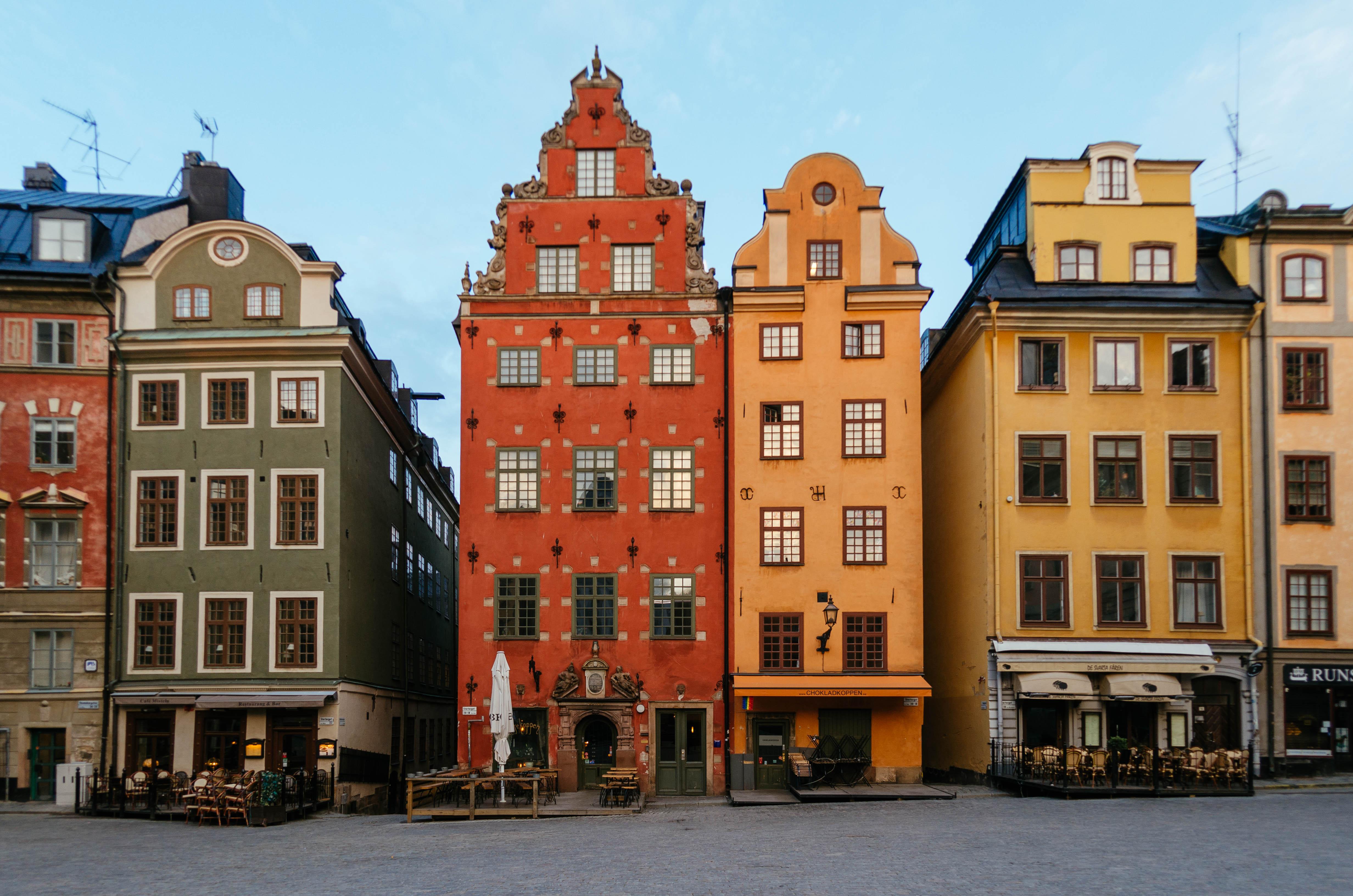
Photo: EvoNews
For the best experience of the old city centre, try and wander the medieval streets before 8 a.m. You will thus be able to explore Gamla stan at your own pace, without bumping into crowds of tourists and take all the pictures you want without people entering your frame. Also, it is a rather fascinating experience to gaze at the architecture and soak in the silence of Stortorget, the central square of Gamla stan surrounded by old merchants’ houses, without the hustle and bustle of later hours.
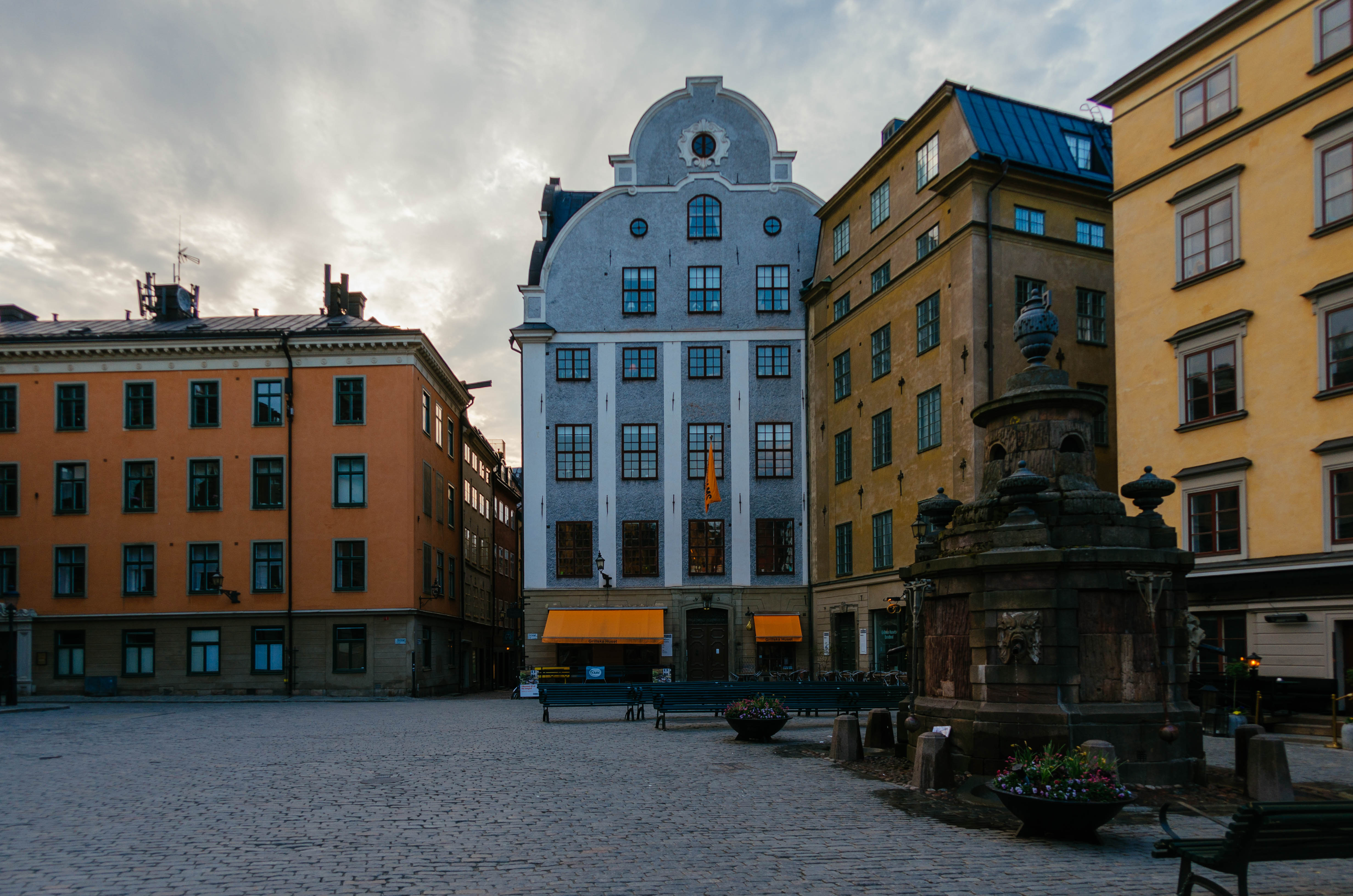
Photo: EvoNews
Feast yourself with history and culture on the Djurgården
Djurgården is the perfect place to go for visiting museums, as the island has some of the city’s finest: Vasa Museum, Nordiska Museum and Skansen.
The Vasa Museum is dedicated to the Vasa ship, that sank on her maiden voyage of August 10, 1628. You might think this is not that spectacular, but wait until you find yourself next to the ship itself. Its sheer size is truly impressive, with the ship rising 52,5 meters high – the equivalent of a four-storey building. For the best experience, make sure to catch a free guided tour that lasts for 25 minutes – exactly the time it took from the moment the Vasa set sail until it sank completely. Moreover, there is a 20-minute film that you can watch at the Main Auditorium in the museum, telling the story of how the ship was found, salvaged and preserved.

Photo: EvoNews
The Nordiska Museum impresses you the minute you enter with its architecture, but be prepared to be further amazed by the thematic exhibitions and displays that focus on Swedish history, culture and civilisation. You will find historic objects, interiors from traditional homes, pop culture elements (such as exhibitions centred on the evolution of fashion), as well as displays of Swedish folk art, jewellery and table settings from the 16th century to the 1950s, thus giving you a true time travel experience through the culture of Scandinavia.

Photo: EvoNews
The world’s oldest open air museum, Skansen, is perfect for visiting on a pleasant, warm day. In an idyllic setting where hens roam freely around traditional houses and workshops, you get to learn about how the Swedish people lived and worked in their everyday lives, with people that enact the characters of those times explaining to you what it was like to live in that age. This makes the visit at Skansen an interactive experience, where you grasp a much better feeling of what it was like back then and you can ask the “performers” for more details about life in past centuries.
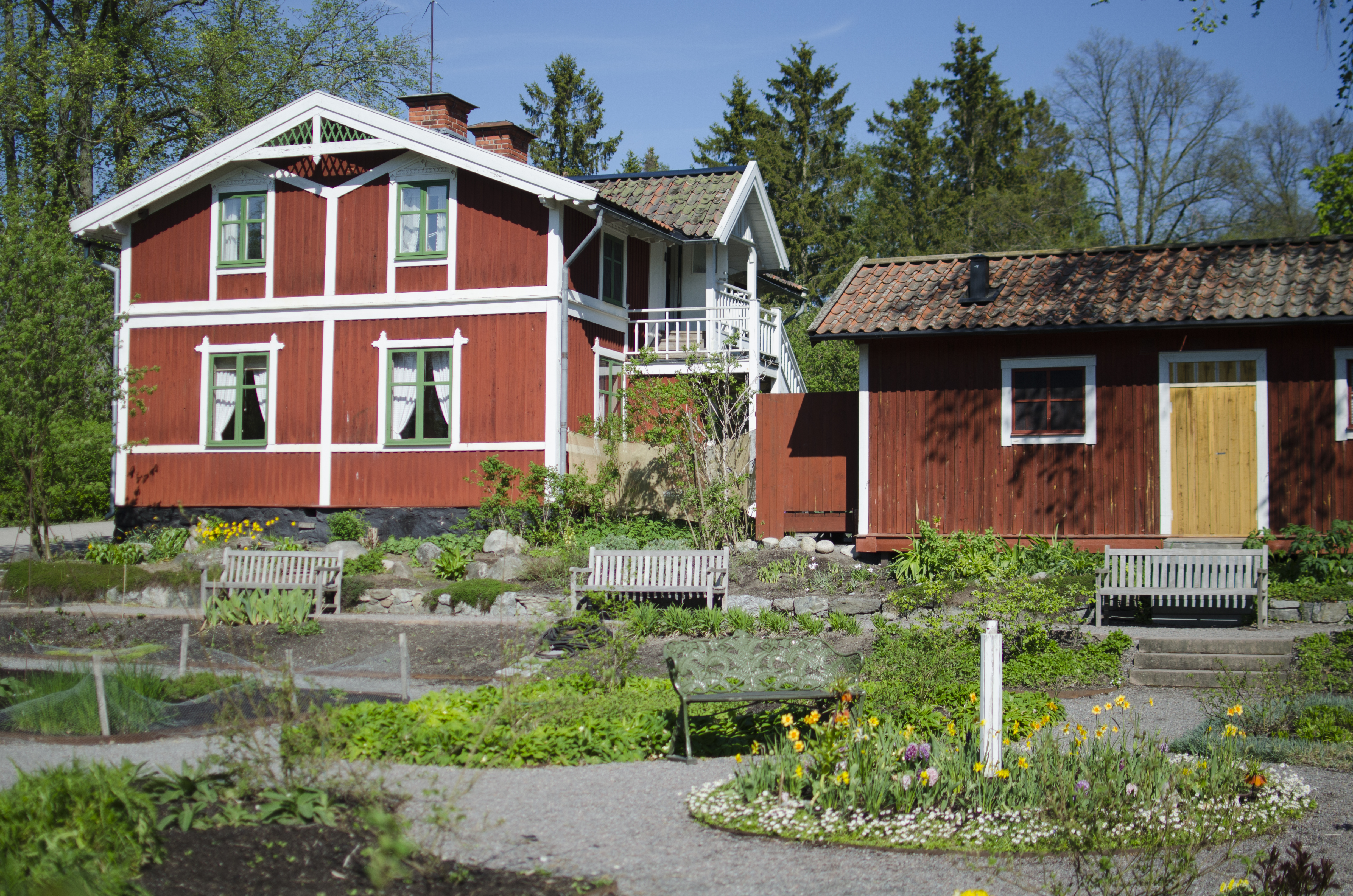
Photo: EvoNews
Treat yourself with local dishes
No travel experience would be complete without a taste of local gastronomy, and Stockholm has many delicious dishes to feast on. While Gamla stan itself is filled with restaurants and cafes, most locals will direct you to the Södermalm district for eating, which is south of Gamla Stan.
If you want a quick bite, head to a cart called Nystekt stromming, right outside the Slussen subway station, where you can have delicious herring wraps and burgers from prices between 55 and 75 SEK (5,6 to 7,6 Euros). If you want to enjoy something at a restaurant, go for Skomakarlåda at the Honey Honey restaurant (salmon or beef steak on mashed potatoes and fried vegetables, excellently seasoned and with mouth-watering sauces) or for Swedish meatballs at the Meatballs for the People restaurant.
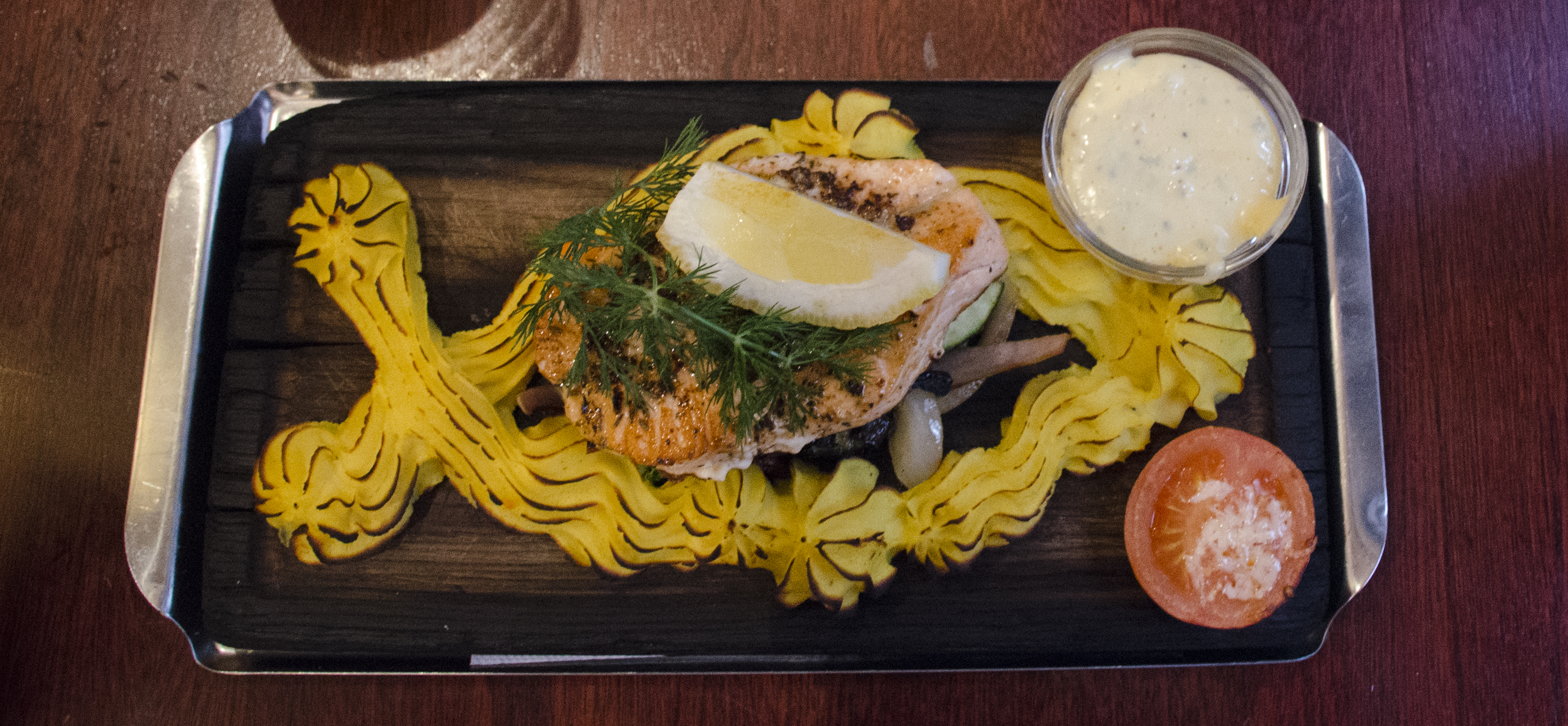
Photo: EvoNews
Don’t forget to indulge yourself into local pastries and have a fika – the Swedish term for having a good coffee with a pastry. Some of the best places to have a fika are Chokladhoppen (in Gamla stan’s Stortorget market) or the Vete Katten in the Norrmalm district, north of Gamla stan.
Marvel at the city from various viewpoints
Nothing beats a great view of the city, especially around sunset, and Stockholm has quite a few vantage points from where you can admire the city. If you want to catch a glimpse at the Gamla Stan in the evening light, the best places to do so are Monteliusvägen, which is a small promenade alley, and the Katarinahissen, a suspended bridge connecting two residential buildings. Both are located in the Södermalm district and are extremely easy to get to. At Monteliusvägen you can also bring a blanket and have a picnic in the sunset, while at Katarinahissen you can have a drink or a bite at the bar located on the roof of one of the buildings.
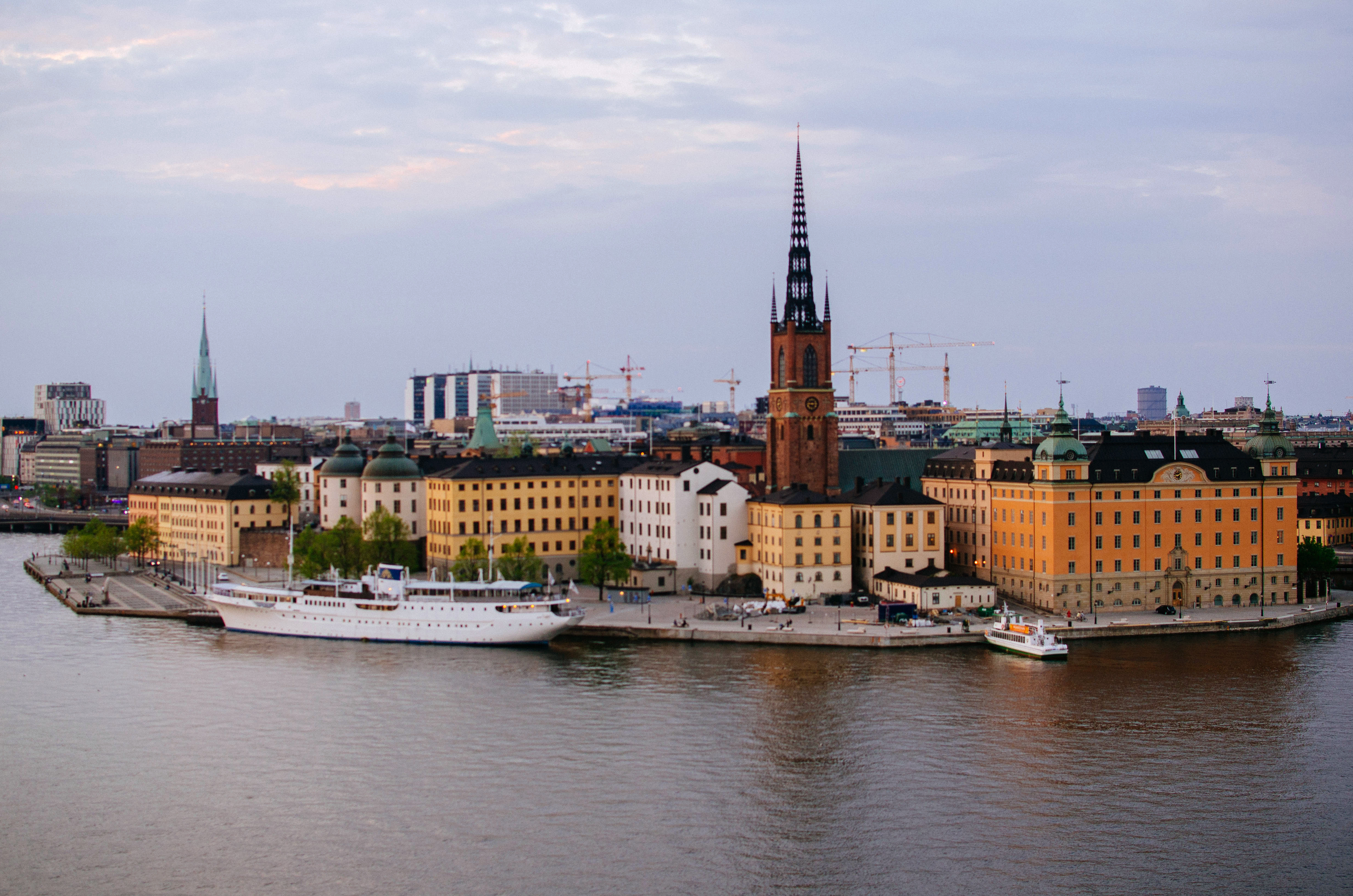
Photo: EvoNews
Experience pure awe at the metro stations
The Stockholm metro is said to be the world’s longest art gallery, and for good reason. 90 out of the 100 stations are decorated with paintings, sculpture and have cave-like rocky ceilings decorated in vivid colours, which makes it for a surreal experience. The blue line has the most spectacular stations. Start your underground tour at T-Centralen and immerse yourself in the blue hues. Then take the train north on the blue line and try and stop at every station after T-Centralen, up to Tensta and Akalla (the blue line has two ramifications).
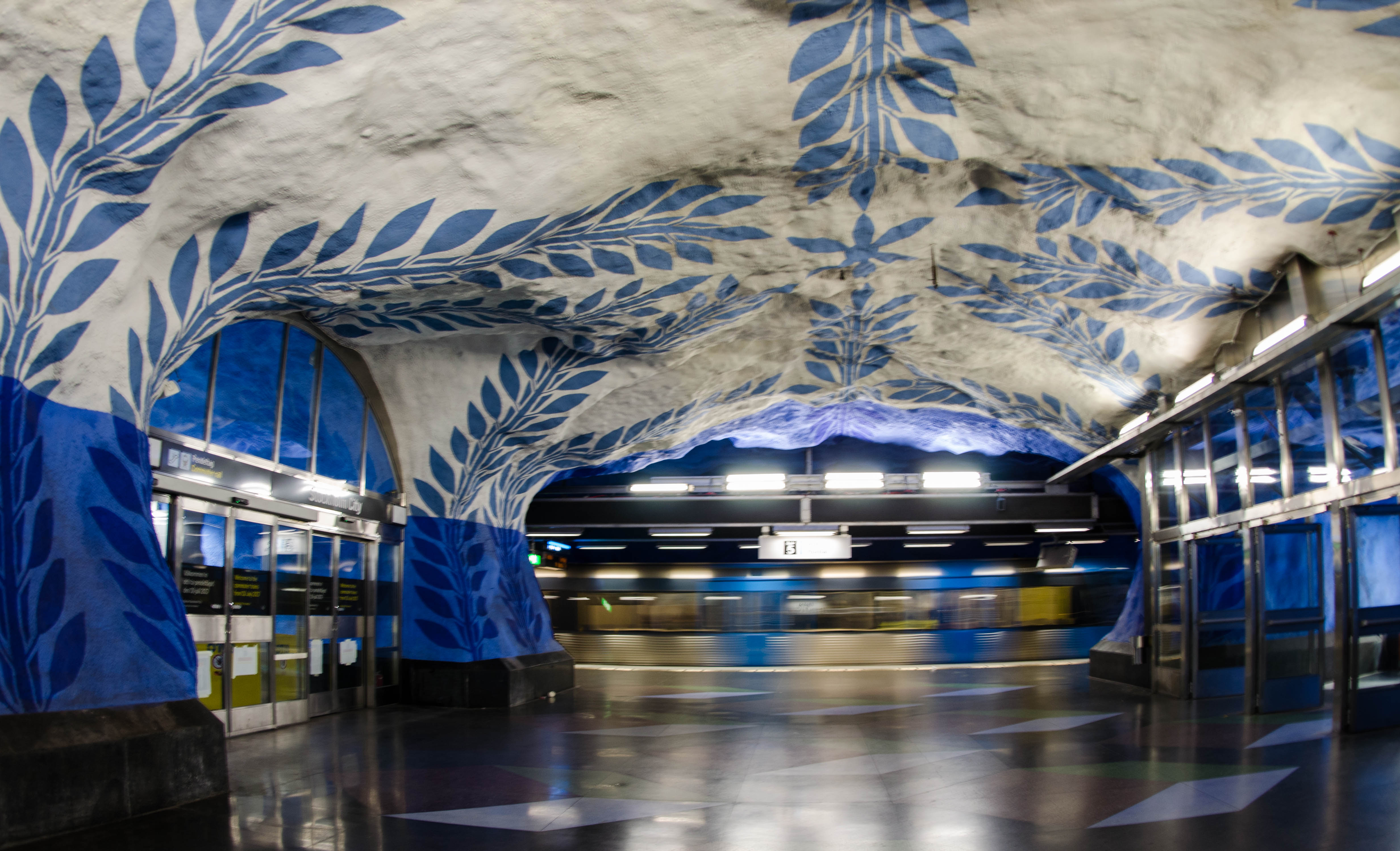
Photo: EvoNews
The red line also has four subway stations that are definitely worth your visit – Stadion, with a marvellous rainbow, Tekniska Högskolan – inspired by the nearby Royal Institute of Technology and Universitetet. If you have the time to go 18 stops from T-Centralen, check out Alby as well, with its petrogryph-inspired decorations.
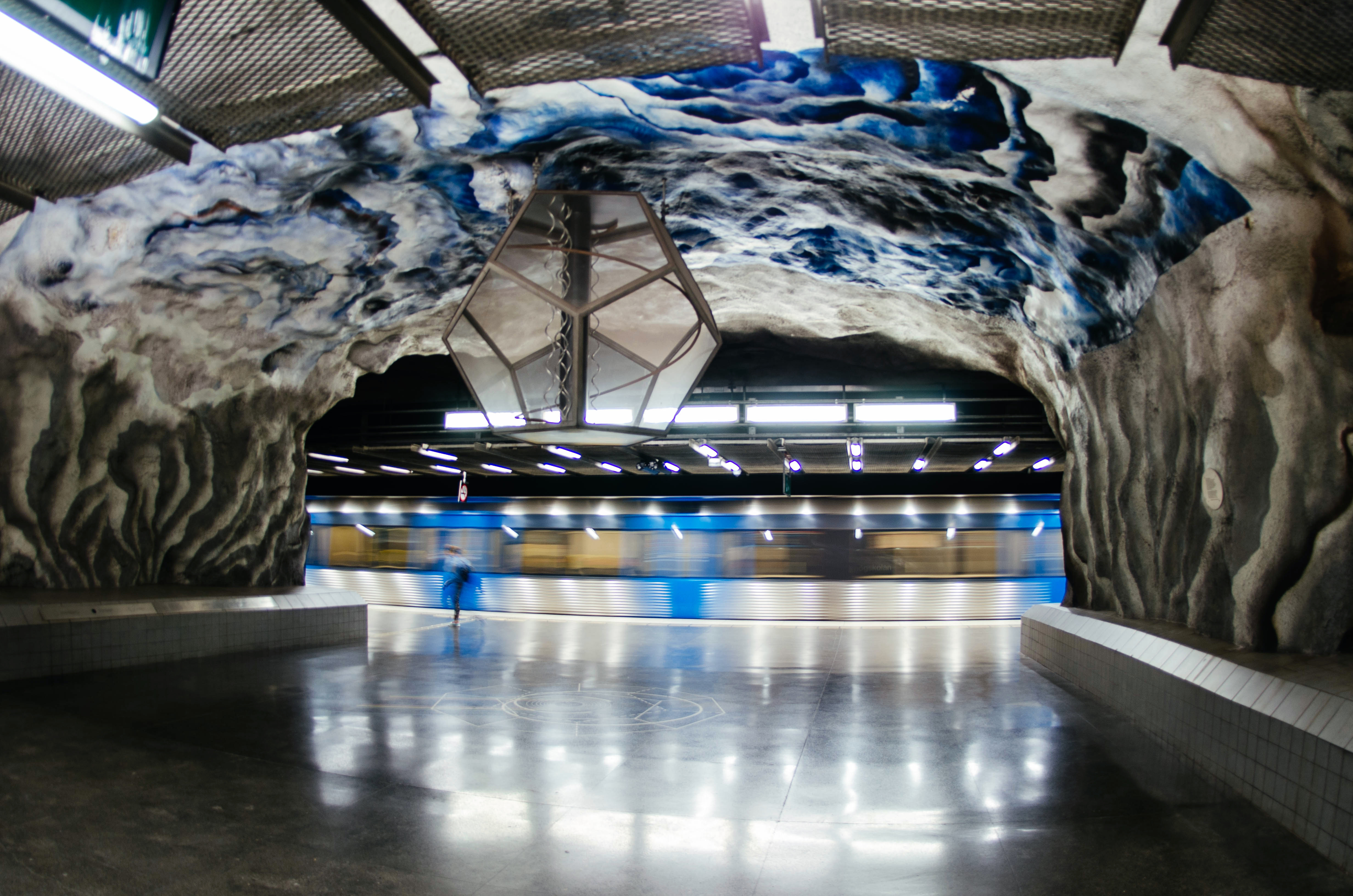
Photo: EvoNews